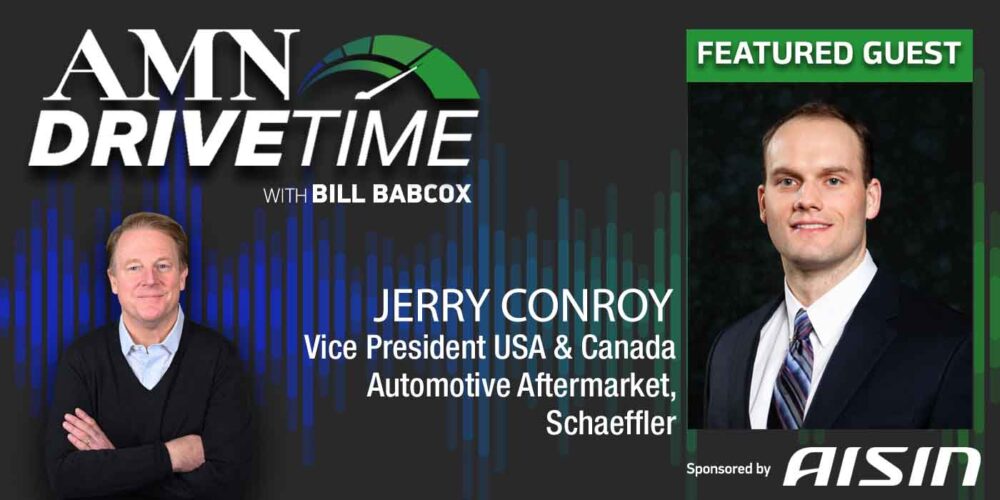Vehicles are often forced to endure many challenges this time of year – in many cases, there has been very strange weather. In even more cases, the drivers of those vehicles have very strange ideas about engine coolant or antifreeze.
What does it do? What should you use? How and when do you change it?
For today’s technicians, answering these questions can be challenging, because there are so many options.
Ever since engine manufacturers adopted the liquid cooling process, there has been a need for an additive. Additives are used with water to increase the fluid’s ability to carry heat from the engine to the radiator where it can be dissipated into the atmosphere. That is a lot for just a liquid to do and – hopefully not surprisingly – it does much more.
One of the key functions of modern antifreeze is to fight corrosion in the engine. The cooling system of the engine is a very caustic place. Extreme temperatures and chemicals make it an ideal environment for corrosion. Rust and oxidation, as well as electrolysis and dissimilar metal reactions abound. These conditions can cause plugging, perforation or complete system malfunction. Today’s coolants help to prevent these problems.
Another important function is freeze protection. If an engine freezes during cold weather, the engine components can crack, causing the coolant to leak into the engine or out of the engine, thus leading to system failure.
Today’s coolants are actually very specific. It used to be easy: pour in the green stuff and go. Not today. Today, each manufacturer has its own formula for best results in their vehicles. There are mainly three different chemistries used today.
The first formulation type is OAT, or organic additive technology. They are orange or red and are also phosphate-free and silicate-free. These formulations typically last between five to 10 years.
Next is HOAT or Hybrid Organic Acid Technology. This type is usually good for five years and 150,00 miles and is gold, violet, aqua, red, or blue. These are phosphate-free formulas and are found in Asian, European and some domestics.
The last and oldest used is IAT or inorganic additive technology. These are typically green or purple and are of a low-silicate formula. Their effective life expectancy is two to five years.
Because of all these different formulations, it is important to use the one recommended by the specific vehicle manufacturer. Internal components have different metal compositions and require the use of proper formulations to ensure longevity. Dilution is also critical. Be sure to follow dilution instructions on the package. Some require the addition of water and some do not. Over-concentration is not a good thing and can actually diminish the coolant’s ability to do its work.
Your customers may get overwhelmed by the choices they find at their local auto parts or big box store. Do them a favor. Explain exactly what they need and why, so that when it’s time to service the cooling system, they understand exactly what keeps their engine operating efficiently.
Thanks for watching.













